 |
 |
 |
| |
Lung disease in HIV: Causes and consequences
|
| |
| |
Reported by Jules Levin
20th International Workshop on Comorbidities and Adverse Drug Reactions in HIV
Download the PDF here
Alison Morris, MD, MS
Professor of Medicine, Clinical & Translational Science, & Immunology
UPMC Chair for Translational Pulmonary and Critical Care Research
Vice Chair for Clinical Research, Department of Medicine
Director, Center for Medicine and the Microbiome
University of Pittsburgh
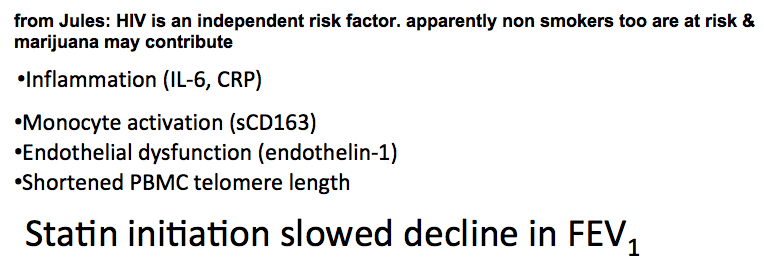
Previously, we have shown a substantial burden of respiratory symptoms among both HIV-infected and uninfected persons with a history of injecting drugs
We found that 47% of baseline smokers and 39% of nonsmokers had rapid decline in FEV1, defined using a common cutoff of >40 mL/yr. JAIDS MacDonald 2016
Although this difference was not statistically significant (P = 0.09),.....Although there are limited data exploring incident COPD among HIV-positive individuals, our findings are remarkably consistent with a single-center study in Denmark where 63 HIV-positive patients underwent baseline and repeat spirometry over an average of 4.5 years. The prevalence of COPD increased from 20% to 33% (13% increase) among smokers and from 0% to 6% (6% increase) among nonsmokers.16 In addition to the increased risk of COPD, decreased lung function has been associated with increased mortality in HIV-positive individuals and in the general population.15,30–32
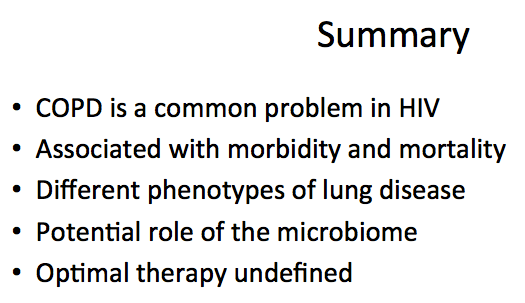
There was no statistically significant relationship in the prevalence of airflow obstruction according to HIV viral load: 24% with HIV viral load >500 copies per milliliter had airflow obstruction compared with 17% with viral load ≤500 copies per milliliter and 16% of HIV-uninfected participants (P = 0.4)......However, DLCO was associated with both recent and nadir CD4 cell count; the relationship seemed more strongly related to recent CD4 cell count (see Table S1, Supplemental Digital Content, http://links.lww.com/QAI/A464). HIV-infected men with a recent CD4 cell count <200 cells per microliter and those with a CD4 between 200 and 349 cells per microliter had a significantly lower DLCO when compared with HIV-infected men with a CD4 cell count ≥350 cells and to HIV-uninfected men (Fig. 2)......In summary, HIV-infected men had a significantly decreased DLCO compared with HIV-uninfected men even after adjusting for smoking and other potential confounders, and despite widespread use of ART. Overall, 30% of HIV-infected men had a DLCO ≤60% of predicted normal, with the majority having an isolated reduction in diffusing capacity. Furthermore, a lower CD4 cell count was associated with a greater likelihood of a decreased DLCO. An impaired DLCO and fixed airflow obstruction were also more likely to be associated with chronic cough, phlegm, and dyspnea in HIV-infected compared with uninfected participants. Whether the decreased DLCO is due to emphysema or other processes such as pulmonary vascular disease or interstitial lung disease requires further evaluation and will have significant implications for patient care and for our understanding of the pathogenesis of HIV-related lung disease. Crothers JAIDS 2013 publication.
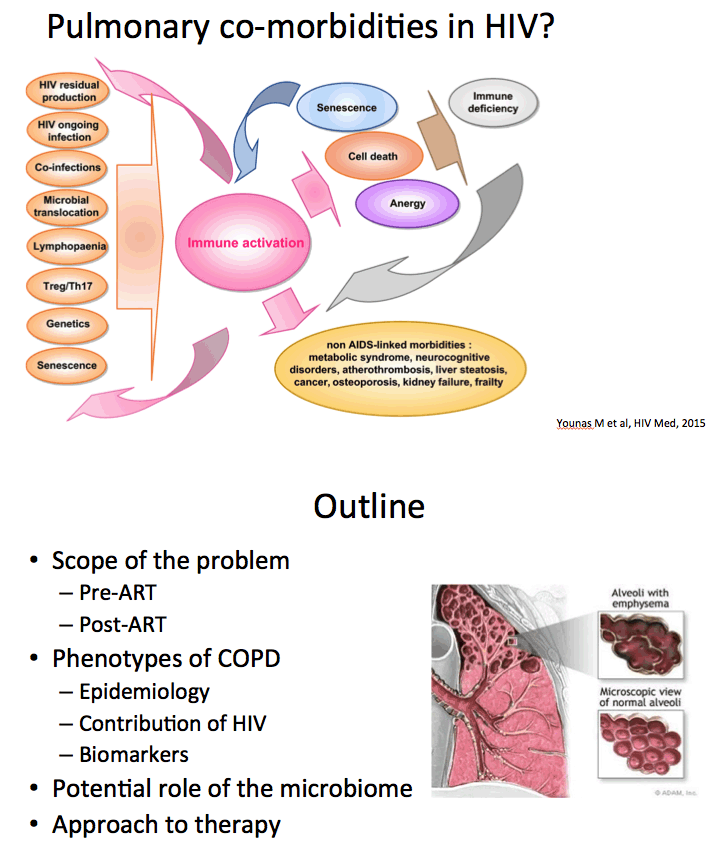
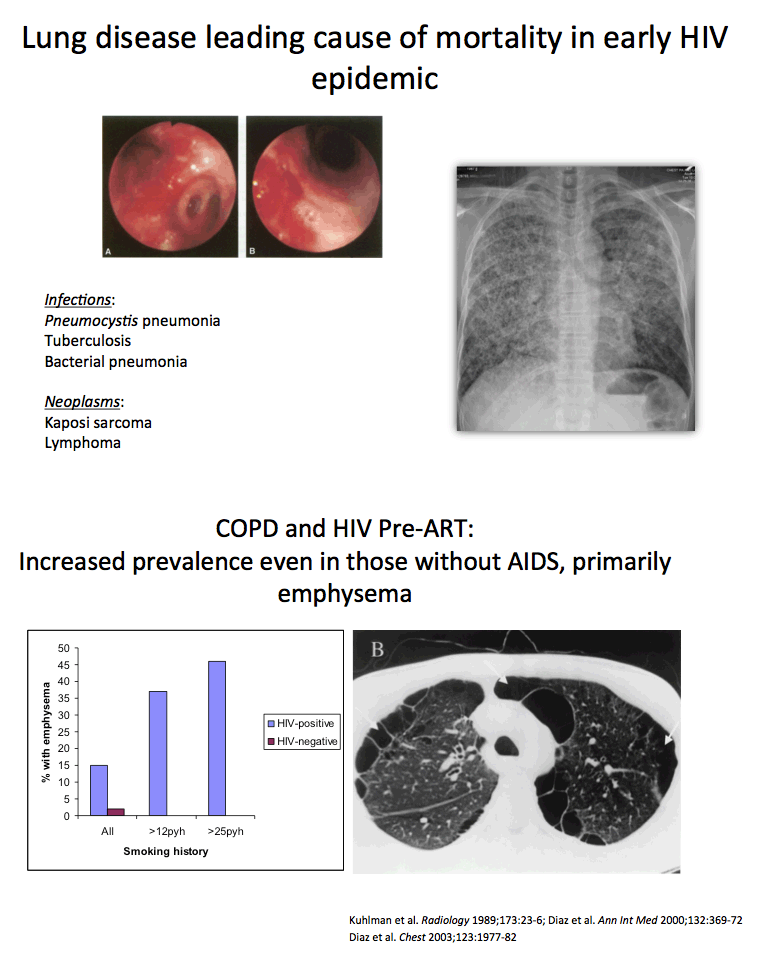
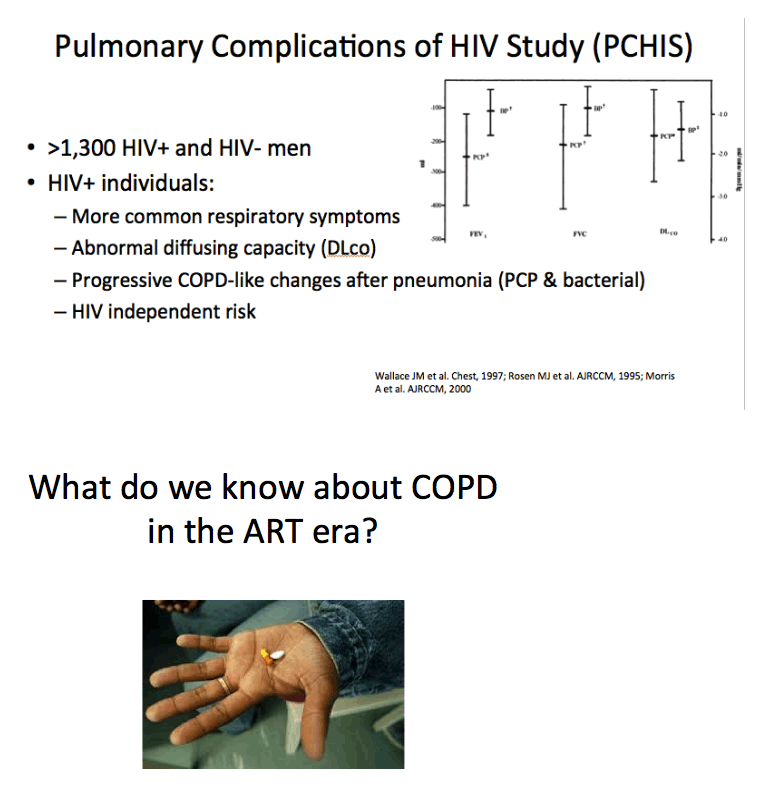
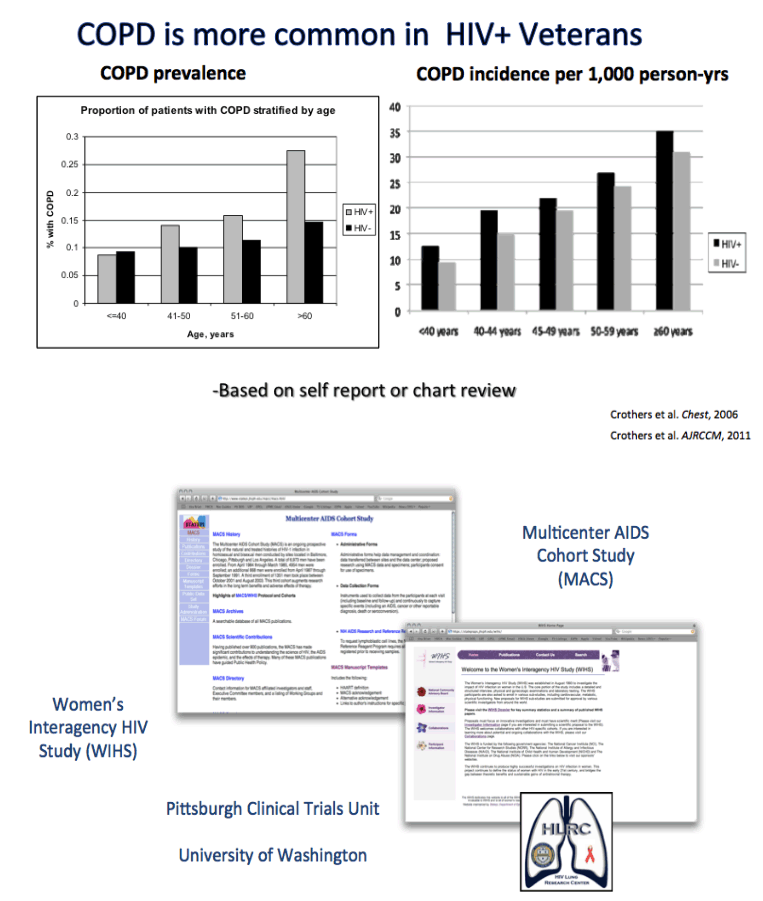
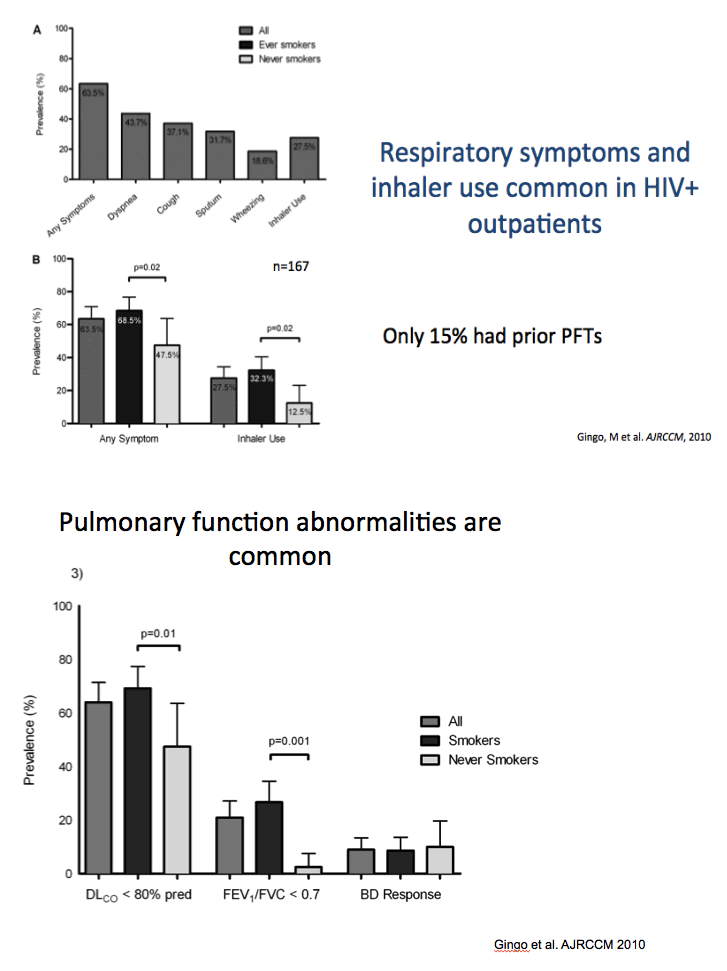
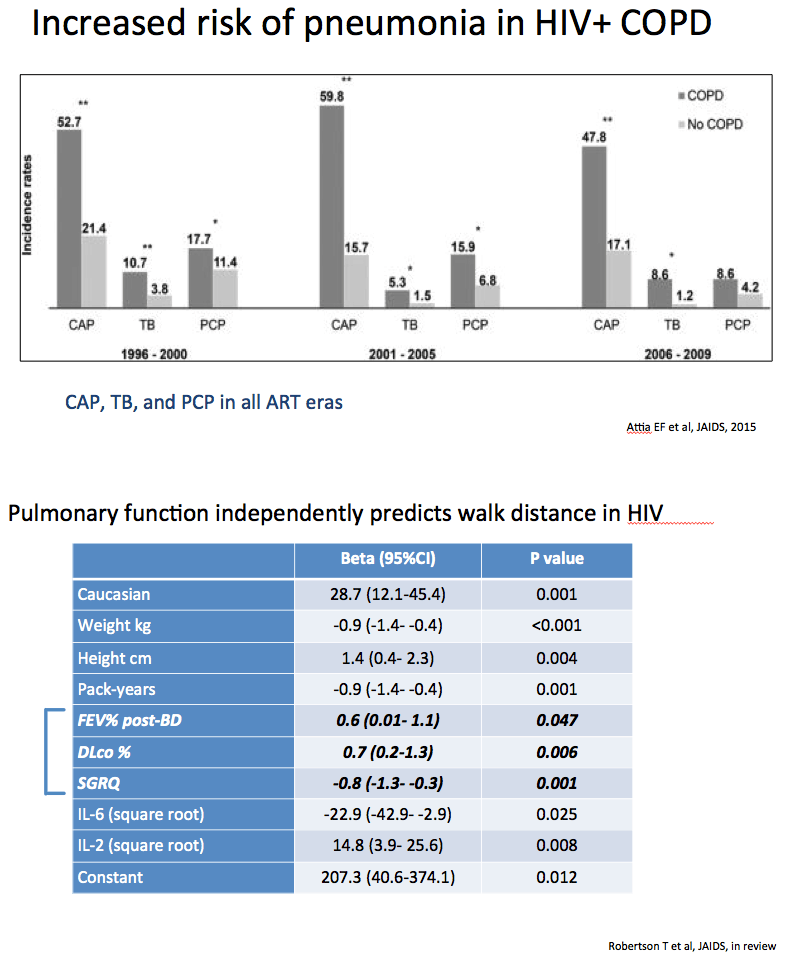

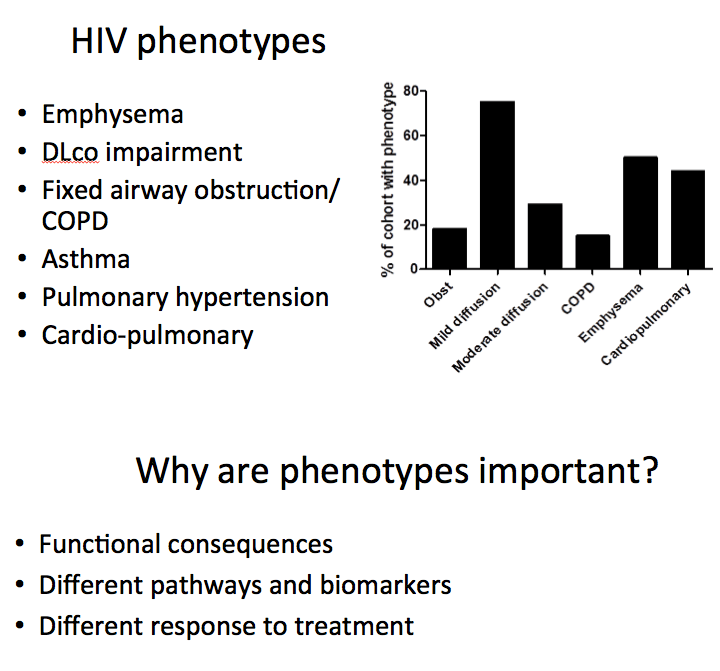
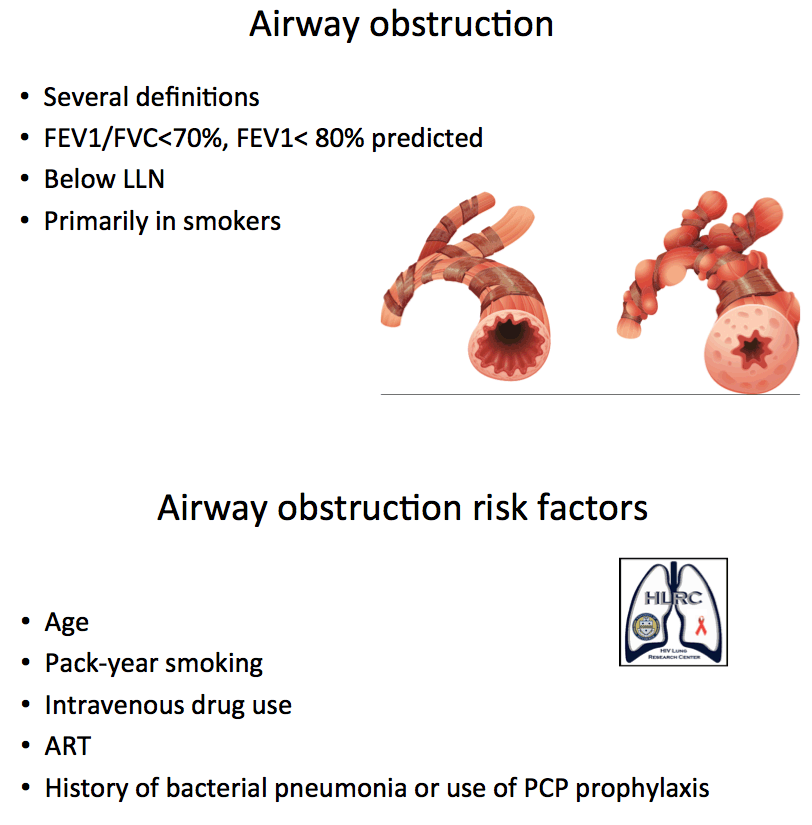

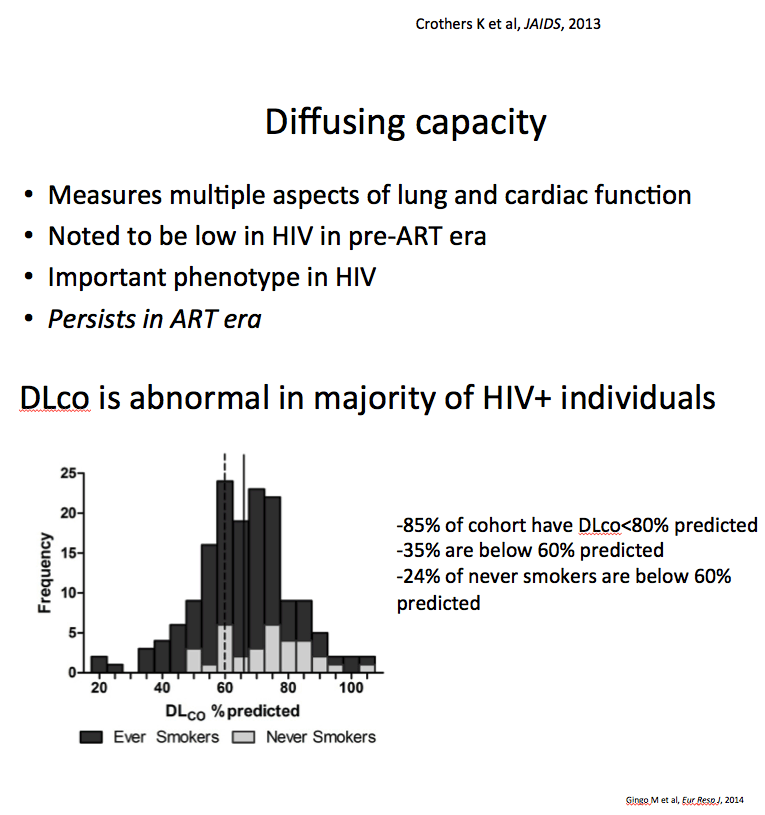
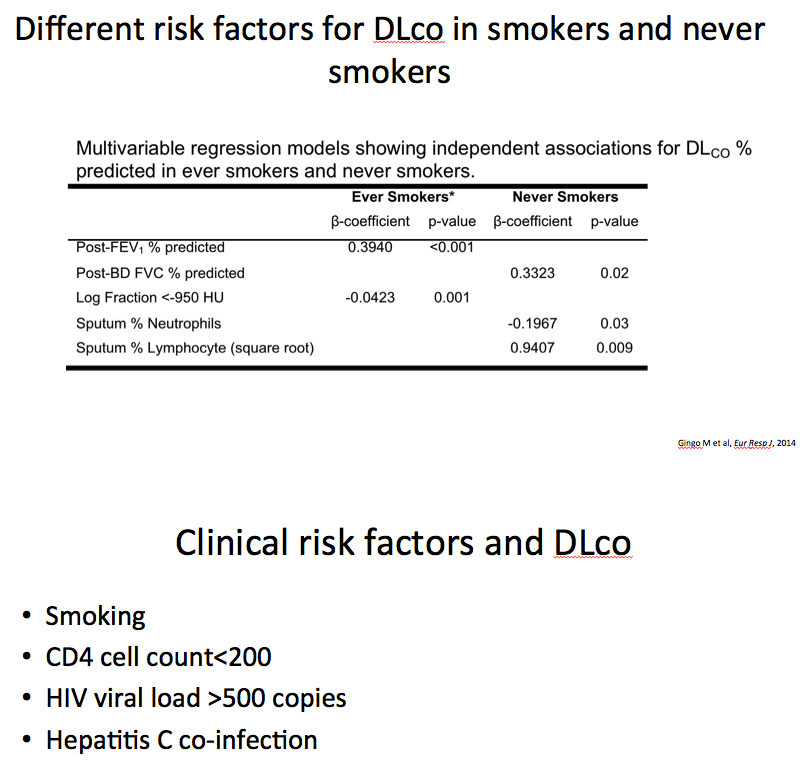
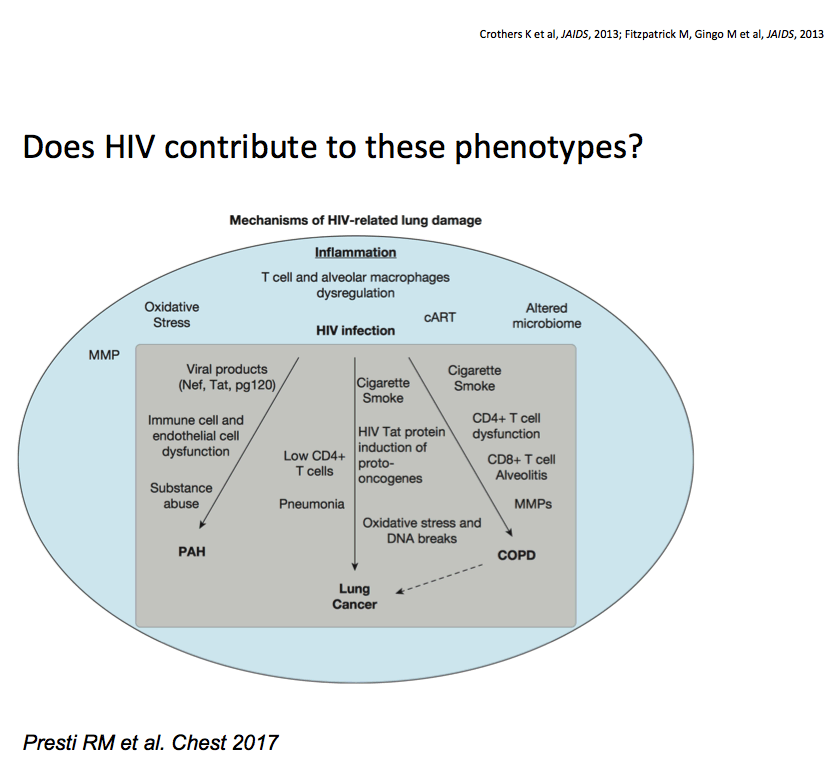

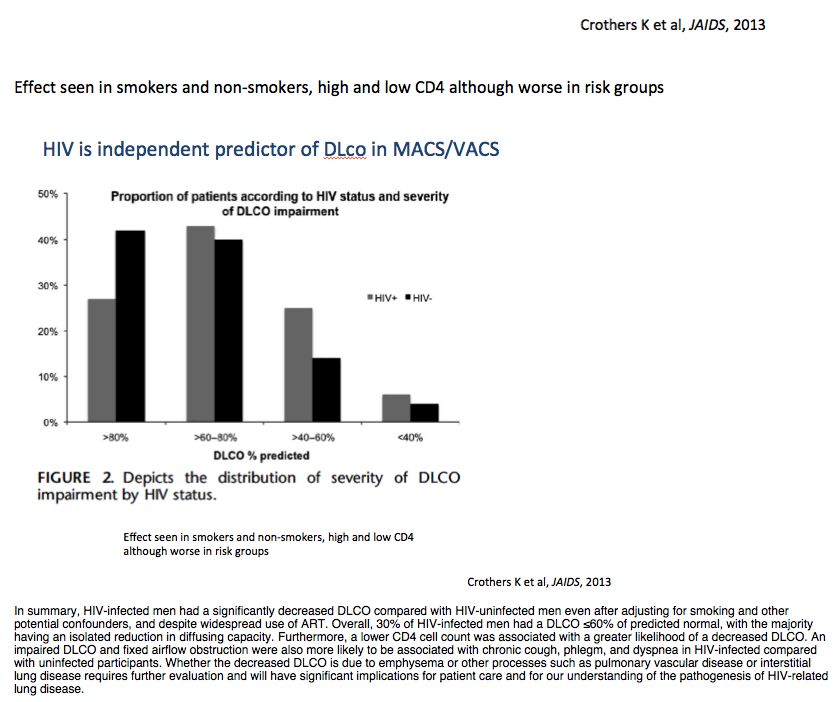
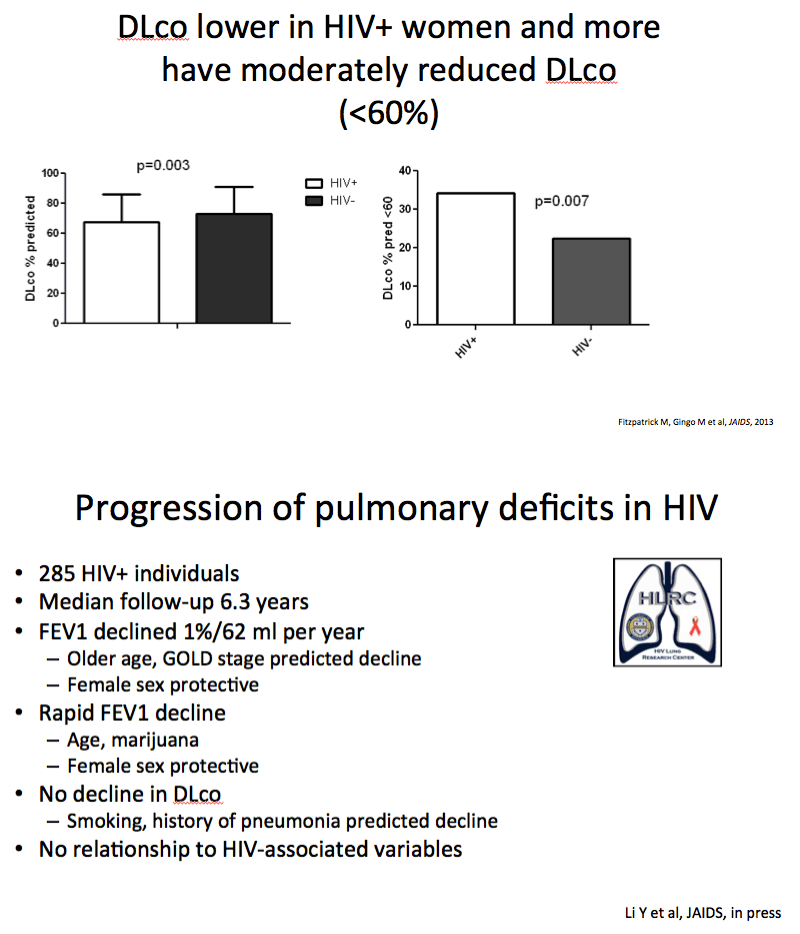
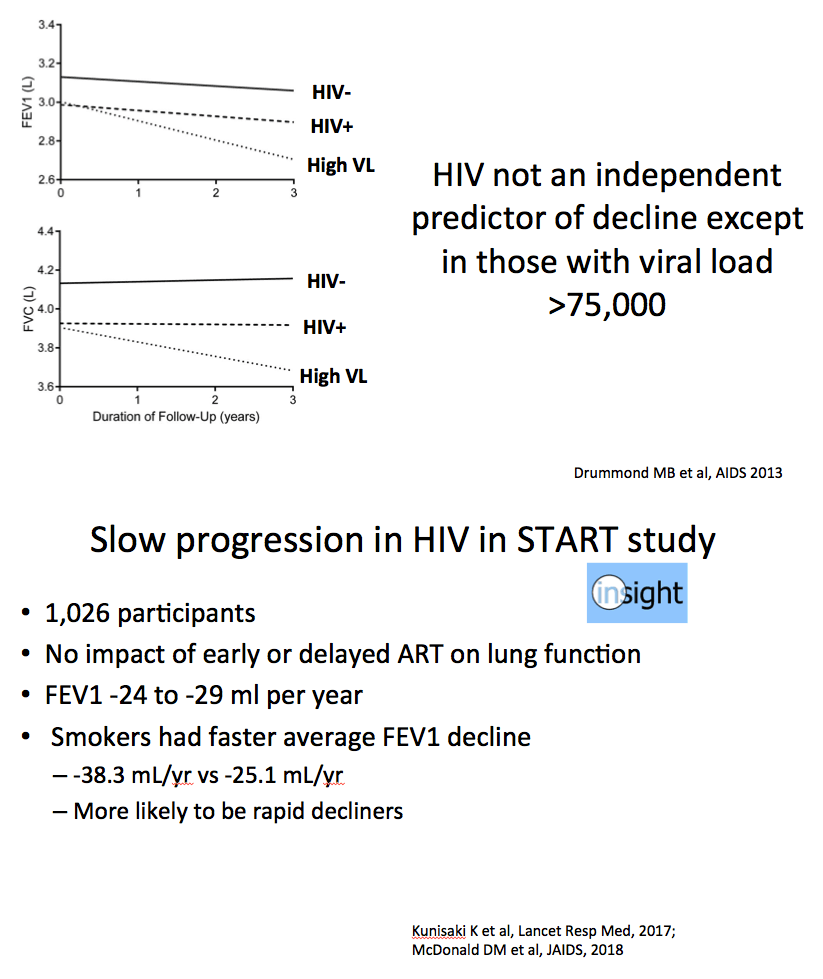
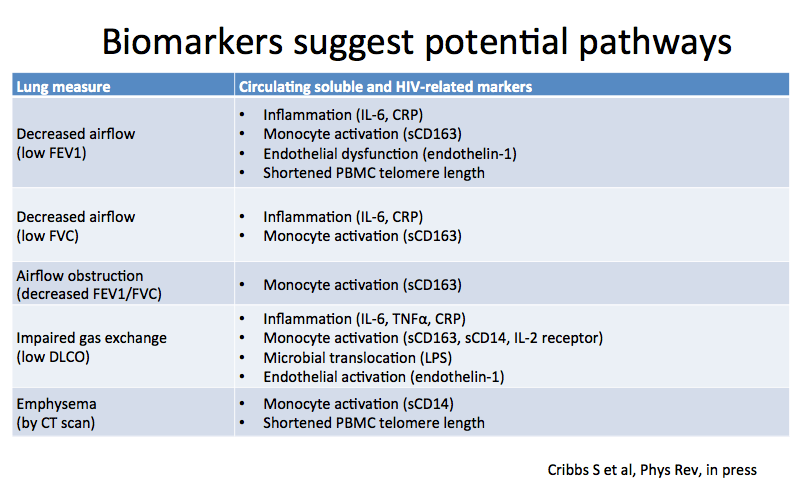
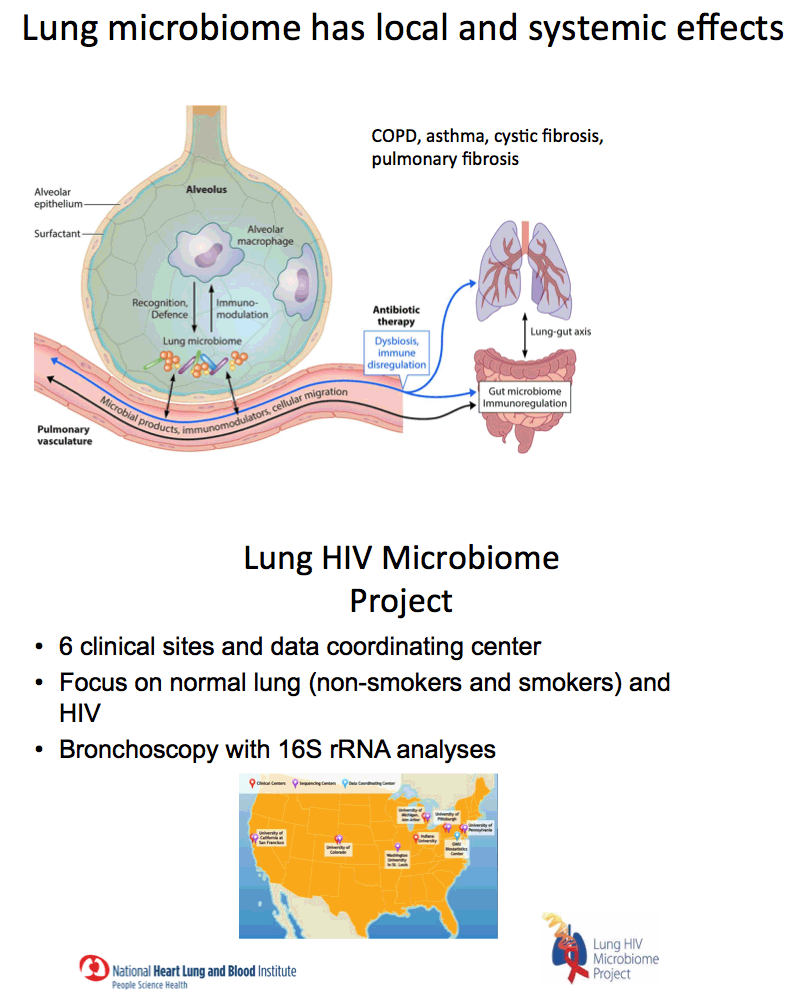


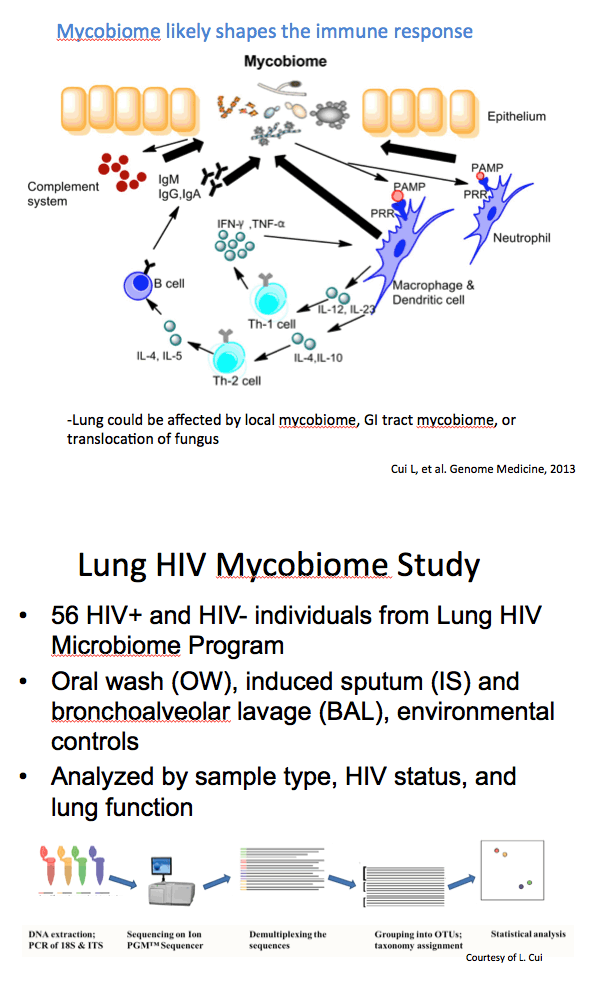
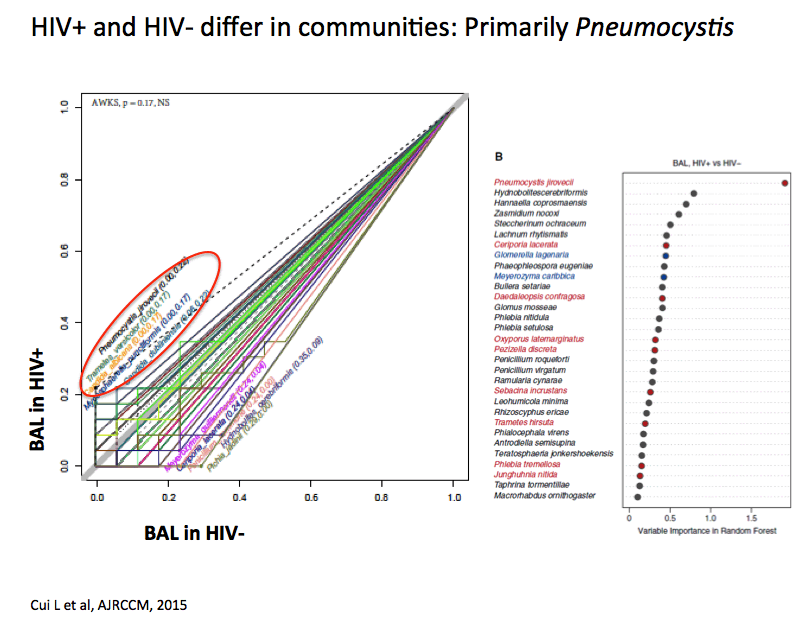
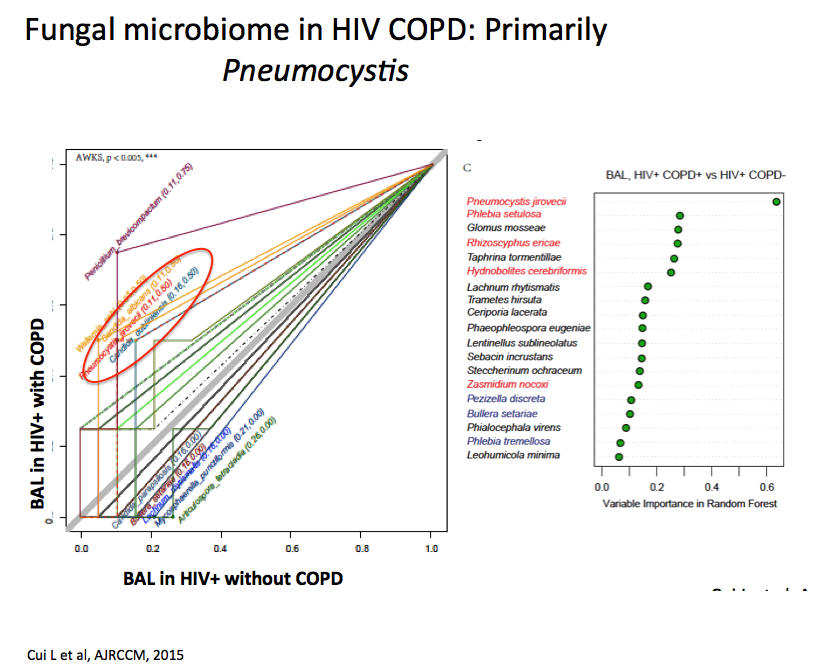
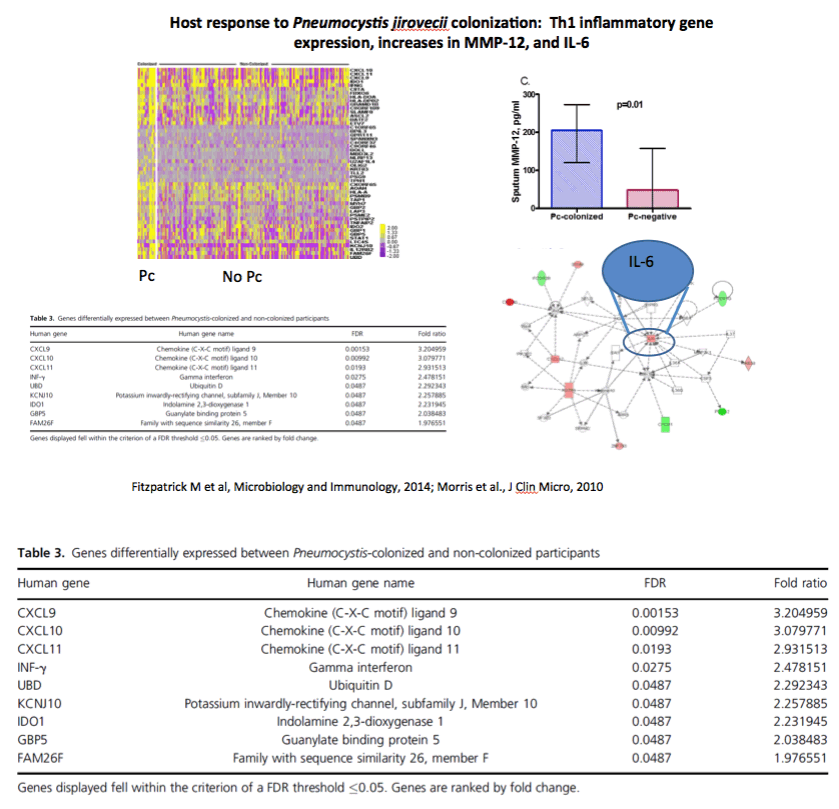
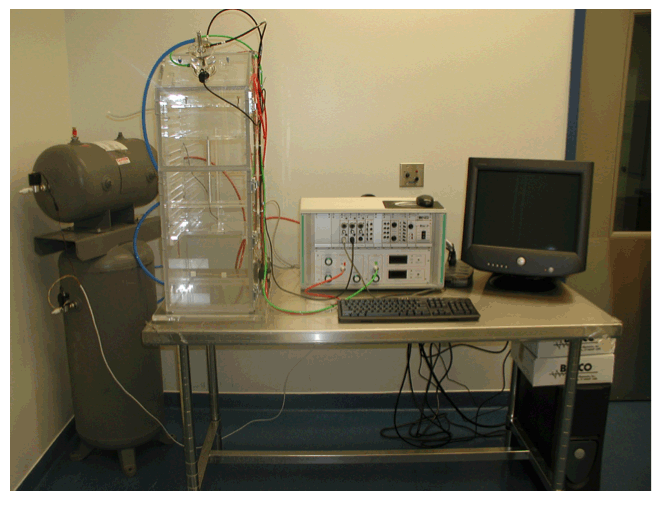
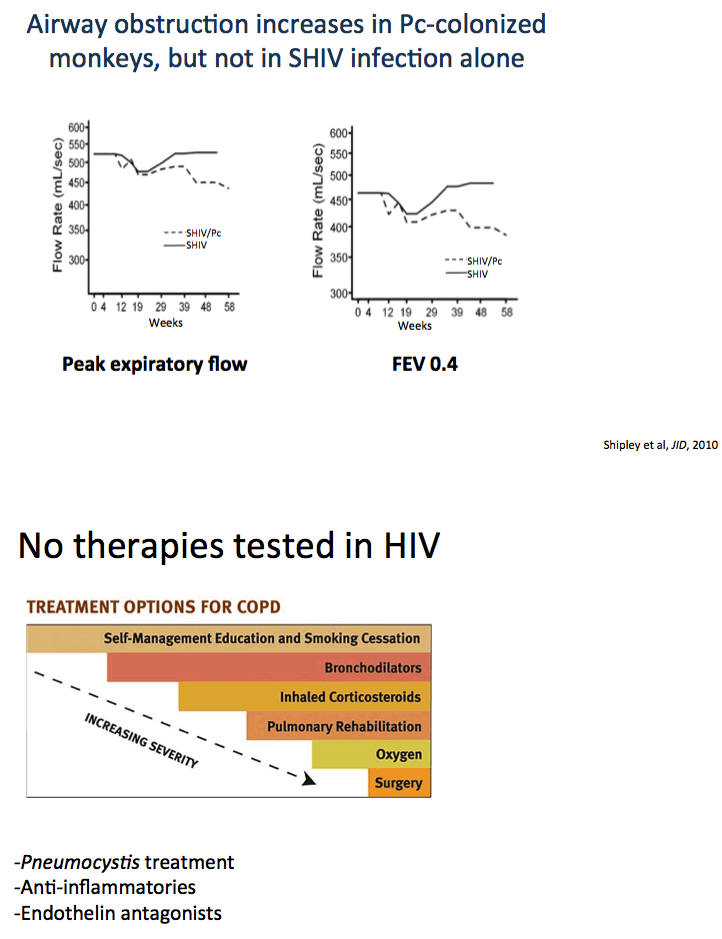
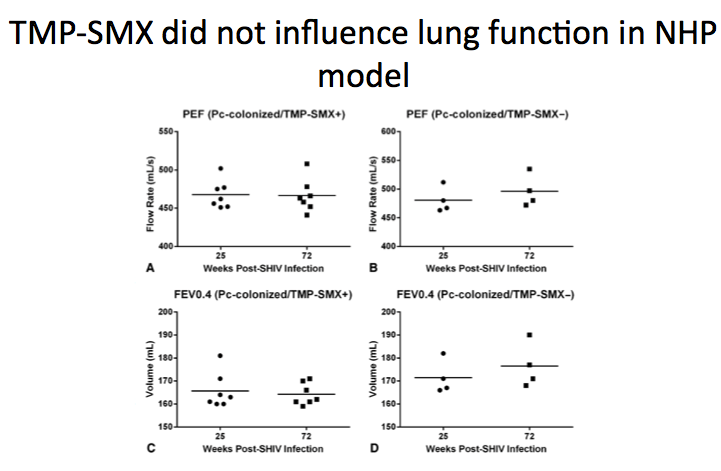

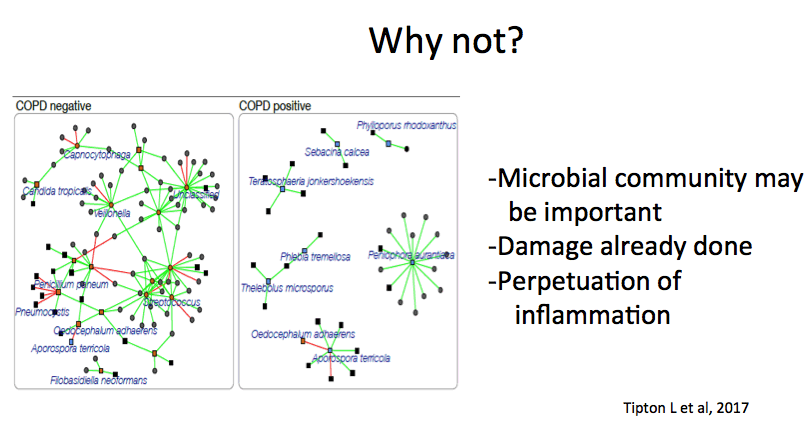
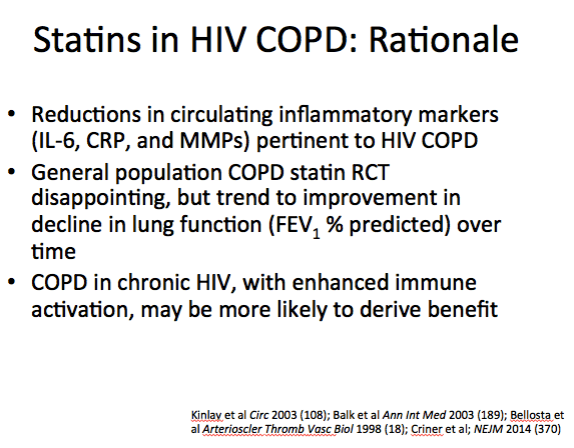
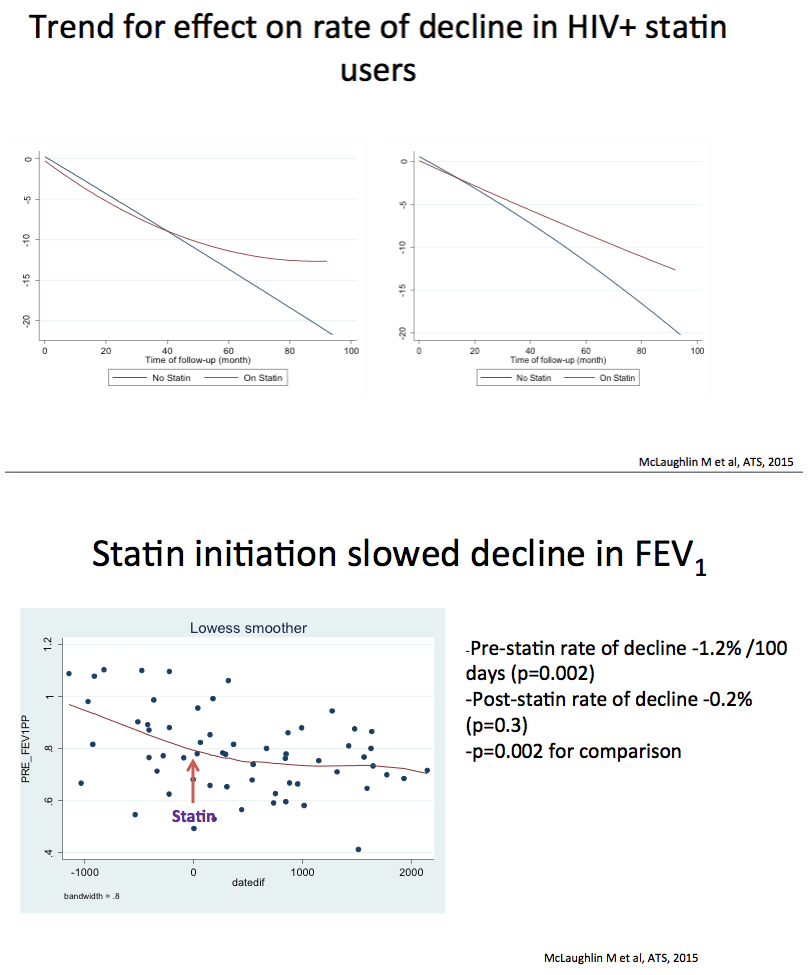


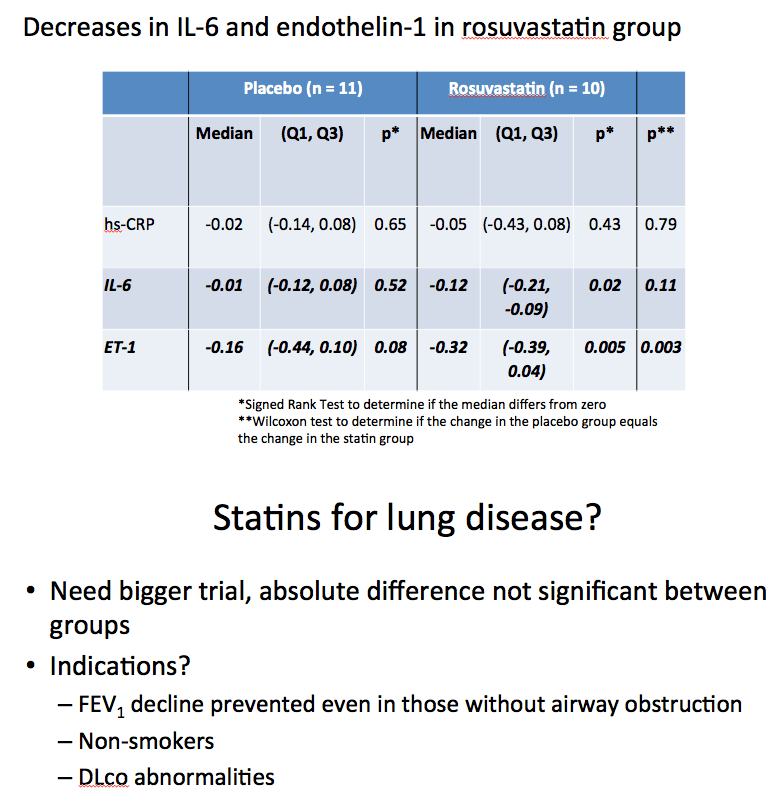

|
| |
|
 |
 |
|
|